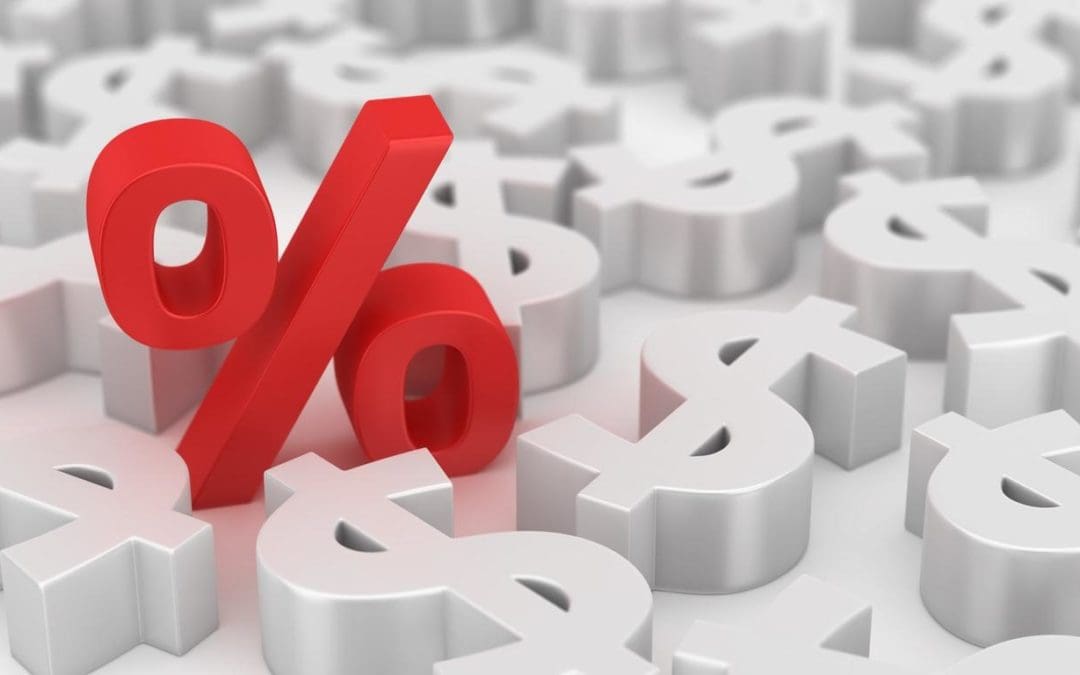You might think it’s easy to know whether your investments are doing well. And that it will be easier yet, post-CRM2, now that your investment professionals are required to report on how well you did and what fees you paid.
But alas, this isn’t quite true. There are many ways of measuring your return, and each one delivers a different result.
Today I want to talk about the difference between a time-weighted and a dollar-weighted return. With good reason! CRM2 performance reporting is dollar- (as opposed to time-) weighted. And as you’ll see, it makes a difference. Particularly in the short term!
Time-weighted vs. dollar-weighted returns
Let’s talk about Fund XYZ. As with most funds, XYZ moves around a bit.
In 2016, while XYZ ended up rising 10%, it didn’t do that by increasing every month by just under 1%. No, Fund XYZ was close to static for about six months of the year. But from September-December XZY excelled, going up 12% and falling down only 2%, giving the a net 10% gain in those four months, as well as over the year.
Now you and your Aunt Minnie and your friend Isaac all happened to invest in XYZ in 2016. But lucky Aunt Minnie, she put her money into XYZ on September 1, just as the fund began to rise. Whereas unlucky Isaac, he took his money out of XYZ in July. And you, you held the fund for the entire year.
The time-weighted return will be the same for all three of you: in one year, XYZ rose 10%. But the dollar-weighted will vary considerably. Minnie’s dollar-weighted return will be considerably higher, because her invested dollars earned a 10% return in only four months. Whereas you invested for 12 months to get the same 10% return. And poor Isaac, he received virtually no return for the 7 months he held XYZ.
Quite the difference!
Which is better, dollar- or time-weighted?
Use the metric that suits your objective. If you want to compare one fund to another, use the time-weighted metric to see which fund is performing better year over year.
But if you want to know what your own return was in a given year on a given fund, use the dollar-weighted metric. That metric will tell you what your invested dollars earned, in that fund, in that year.
Just keep in mind that it’s easy to give an investment undue credit or too much blame for the effect of your cash additions and withdrawals. Their timing can unduly weight the return, particularly in the short-term.
But I thought CRM2 made it easy!
CRM2 does offer you more information on returns and fees than you were given previously. But it’s a complex topic! Make sure your advisor helps you to understand where and how to maximize your yearly contributions, minimize your tax outlay, and optimize your savings for a comfortable retirement.
Rona Birenbaum is a certified Financial Planner and is licensed to do financial planning. Rona is registered through separate organizations for each purpose and as such, you may be dealing with more than one entity depending on the products purchased. Rona is registered through Caring-for-Clients for financial planning services. This website is not meant as a solicitation for financial advisory services. Financial advisory services are available through the facilities of Queensbury Strategies Inc. Financial Planning is not the business of or under the supervision of Queensbury Strategies Inc. and Queensbury will not be liable or responsible for such activities.

